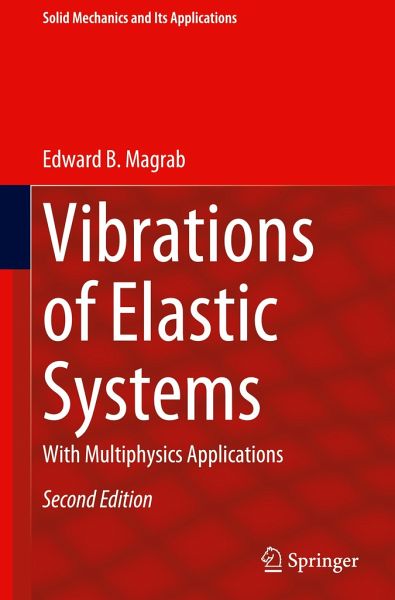
Vibrations of Elastic Systems
With Multiphysics Applications
Versandkostenfrei!
Versandfertig in 3-5 Tagen
180,99 €
inkl. MwSt.
Weitere Ausgaben:

PAYBACK Punkte
90 °P sammeln!
This book presents new topics such as Inerters in spring-mass models and attached to beams; fluid loading on beams, plates, and shells; bio-inspired vibration isolation and absorption; coupled bending and torsion of beams; beams with functionally graded materials; as well as a new chapter on the Mindlin/Timoshenko plate theory: rectangular and circular. New applications and enhancements to the previous edition include moving mass on beams; thin beams with attached pendulum; transient response of beams with in-span attachments; and shells to model blood flow in arteries.


